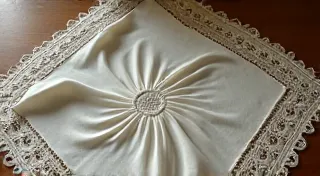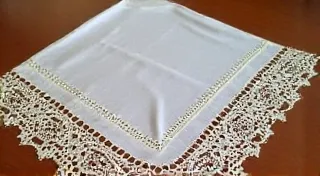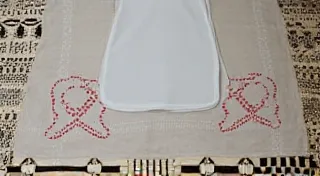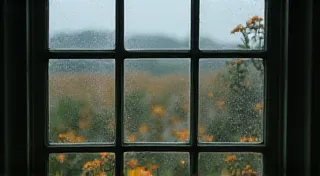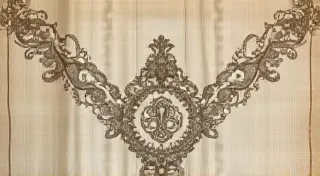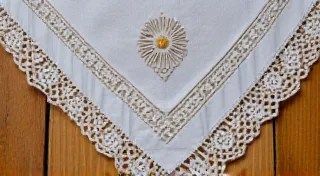A Beginner's Guide to Hand Embroidery on Antique Handkerchiefs
Antique handkerchiefs are treasured not only for their delicate fabrics but also for the exquisite hand embroidery often adorning them. For a newcomer to the world of collectible linens, understanding the different embroidery stitches can feel overwhelming. This guide offers a basic introduction to some of the most common stitches you're likely to encounter on antique handkerchiefs, helping you appreciate the skill and artistry involved.
Why is Hand Embroidery Significant on Antique Handkerchiefs?
During the Victorian and Edwardian eras, hand embroidery was a common pastime for women. A beautifully embroidered handkerchief served as a display of skill, a symbol of status, and often, a heartfelt gift. The intricacy and quality of the embroidery significantly impact a handkerchief's value and desirability amongst collectors. It wasn's merely decorative; it was a demonstration of a young woman’s ability to secure a suitable match. The finer the embroidery, the greater the perceived value and desirability. Often, the quality of the fabric itself was also a factor, with higher thread counts signifying luxury and status.
Common Embroidery Stitches Found on Antique Handkerchiefs
Let's explore some of the most recognizable stitches:
Satin Stitch
The satin stitch is a foundational stitch, known for its smooth, lustrous appearance. It’s created by running parallel stitches closely together, covering the underlying fabric entirely. You’re likely to see satin stitch used for outlining shapes, filling small areas, or creating a seamless, fabric-like appearance. Look for variations in thread type and color within the satin stitch – these can indicate the age and potential origin of the handkerchief. The appearance of the satin stitch can be heavily influenced by the quality of the underlying fabric. A higher thread count will provide a smoother surface for the stitch, while a lower count might show through, impacting the overall look and feel.
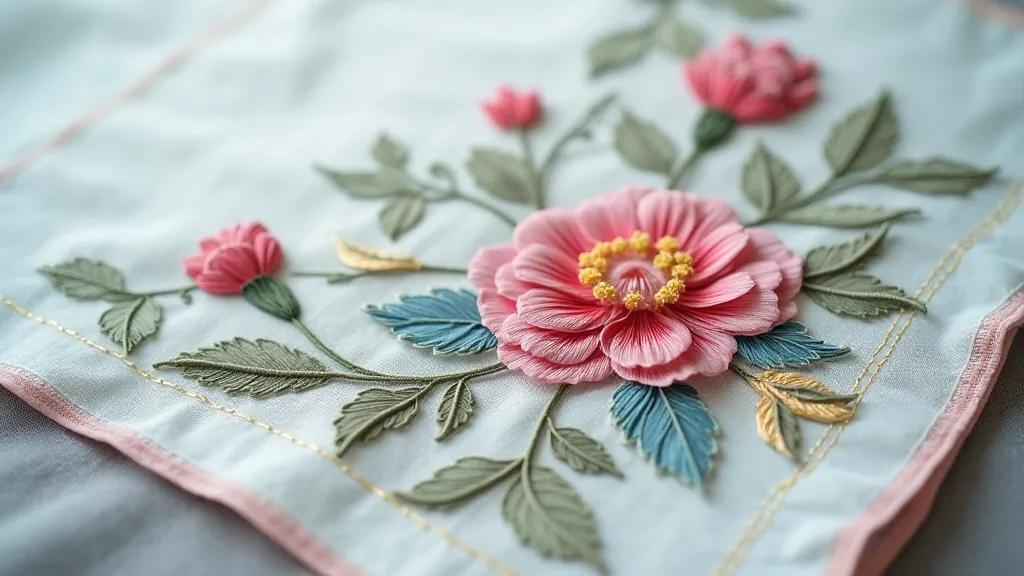
Chain Stitch
Chain stitch is instantly recognizable due to its looped appearance, resembling a chain link. This stitch is often used for outlining shapes, creating decorative borders, or adding a textured element to the embroidery. It's relatively easy to execute and provides a distinctive visual impact. Variations include lazy daisy stitch, which are detached chain stitches resembling petals. The choice of thread color for the chain stitch can also provide clues about the handkerchief’s age and fashion trends. The materials available to the embroiderer at the time influenced both the color palettes and the overall aesthetic of the finished product.
French Knots
French knots add delightful texture and dimension to antique handkerchiefs. These small, knotted stitches require a little more skill but create a wonderfully three-dimensional effect. They are frequently used to represent flower centers, dots, or to add subtle detailing. The number and placement of French knots can also be indicative of the level of skill and time invested in the handkerchief's creation. Sometimes, collectors will categorize handkerchiefs based on the complexity of the knotting techniques used.
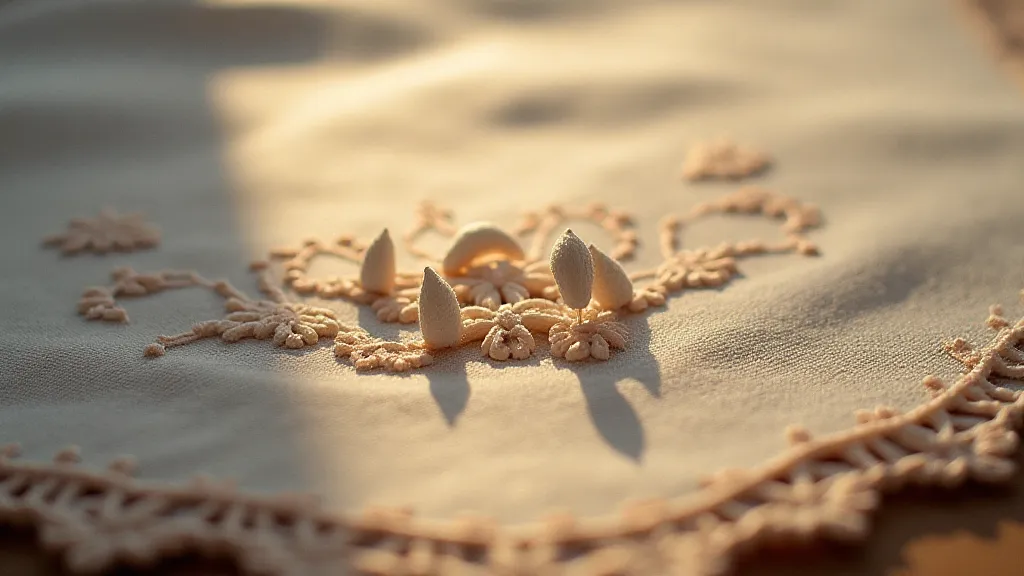
Stem Stitch
Stem stitch creates a slightly raised, rope-like line, perfect for outlining stems of flowers or creating delicate patterns. It’s a more controlled stitch than chain stitch and allows for precise placement. To truly appreciate the beauty of antique handkerchiefs, it's helpful to consider the evolution of textile production. Understanding how thread counts and fabric quality have changed over time can enrich your overall experience – learn more about Understanding Thread Counts and Fabric Quality in Antique Handkerchiefs.
Other Stitches to Watch For
While the stitches mentioned above are common, you might encounter others:
- Running Stitch: A simple, straight stitch used for outlining or creating dashed lines.
- Seed Stitch: Tiny, scattered stitches that create a textured surface.
- Back Stitch: Creates a solid line, often used for outlining.
Understanding Thread and Color
The type of thread used in the embroidery is also a clue to the handkerchief’s age and origin. Silk thread was commonly used for finer handkerchiefs, while cotton thread was more prevalent for everyday use. The colors used often reflect fashion trends of the time. Many of these colors were derived from natural dyes, which provide a unique depth and richness that's difficult to replicate with modern, synthetic dyes. If you're curious about how to date handkerchiefs based on their color, you can find more information about Dating Handkerchiefs by Color: Natural Dyes vs. Synthetic Dyes. Identifying the type of dye used can provide valuable insights into a handkerchief's origins and age.
The Influence of Era and Motifs
The era in which a handkerchief was created significantly impacted its design and motifs. During the Victorian era, floral designs were incredibly popular, often depicting roses, lilies, and forget-me-nots. These motifs held symbolic meanings, conveying messages of love, remembrance, and affection. The intricacy of these floral designs often reflected the current fashion trends and the skills of the embroiderer. Knowing about the era's popular motifs will further illuminate the story of the handkerchief.
Spotting Fakes and Identifying Authenticity
Unfortunately, with the growing demand for antique handkerchiefs, forgeries have become increasingly common. Spotting a fake requires careful examination of the stitching, thread, fabric, and overall design. Genuine antique handkerchiefs often exhibit slight imperfections, variations in stitch size, and subtle inconsistencies in color – these are testament to the hand-crafted nature of these beautiful collectibles. The type of stitching used and the quality of the materials can all be indicators of authenticity. If you need a guide to help discern genuine articles from imitations, you should read about Spotting Fakes: How to Authenticate Antique Handkerchiefs.
Appreciating the Craftsmanship
When examining antique handkerchiefs, take time to appreciate the skill and dedication that went into creating them. The imperfections, subtle variations in stitch size, and slight inconsistencies in color are all testament to the hand-crafted nature of these beautiful collectibles. Consider the hours of labor involved in creating even a seemingly simple design. The handkerchief wasn's merely a piece of cloth; it was a labor of love, a symbol of connection, and a legacy passed down through generations.
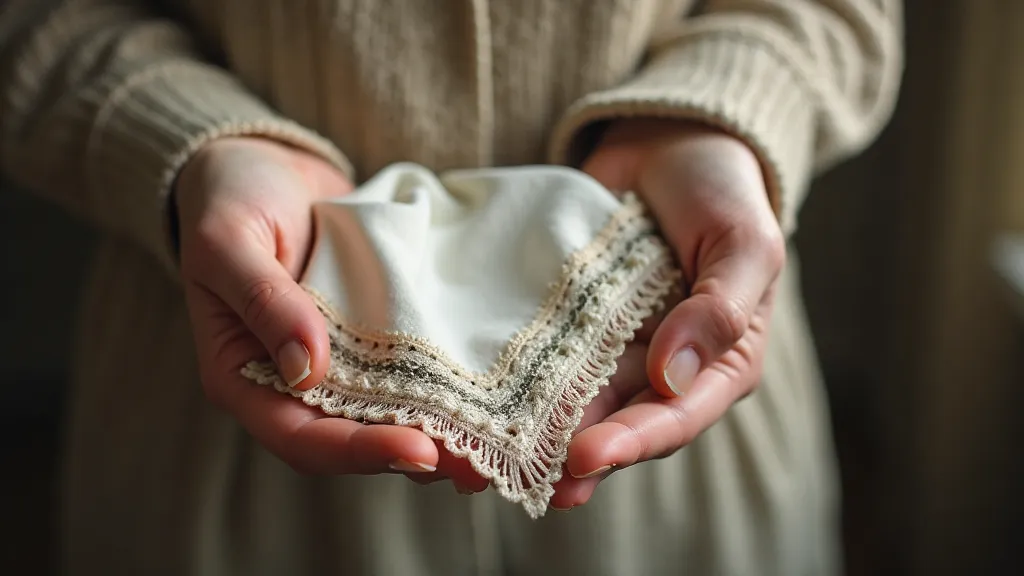
Beyond the Basics: Deeper Exploration
This guide has only scratched the surface of the world of hand embroidery on antique handkerchiefs. Continued research, observation, and learning will deepen your appreciation and expertise in this fascinating area of collectible linens. Learning about the historical context, the evolution of embroidery techniques, and the symbolic meaning of different motifs will enrich your understanding and enjoyment of these delicate treasures. Further investigation into the Victorian Era is especially rewarding, as the period offers a wealth of information regarding the motifs and designs commonly featured.
Resources and Further Reading
To further expand your knowledge, consider exploring specialized books and online resources dedicated to antique linens and embroidery. Museums with textile collections can also offer valuable insights and inspiration. Remember, the journey of discovery is ongoing – embrace the opportunity to learn and appreciate the beauty and history of these remarkable artifacts.
